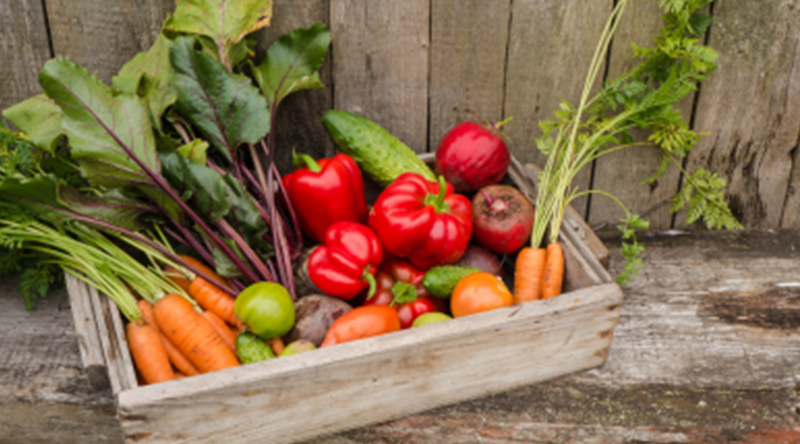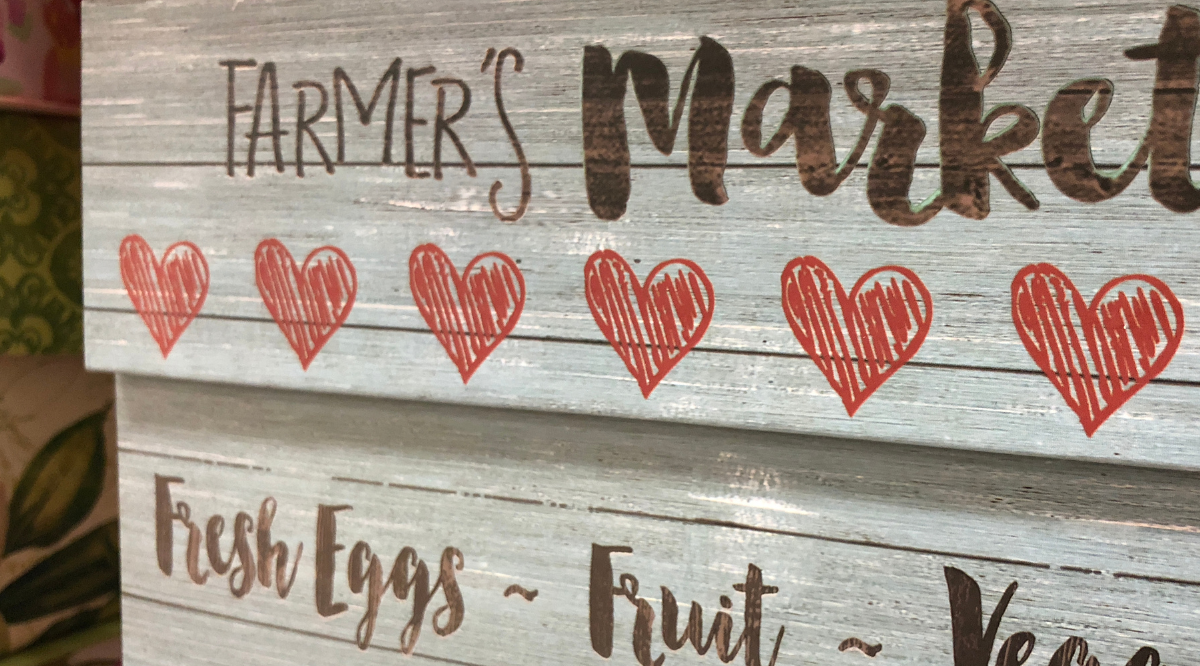If you have been wanting to start a garden, it’s a great time to do it! Many find gardening to be therapeutic and it’s a great learning opportunity for kids. Here are some tips we put together to start your own garden at home.
Step 1: Decide what you want to plant
You’ll want to think about what vegetables your family will eat along with what types grow best in our area. Here are a few you may want to consider here in Indiana:
– Lettuce
– Spinach
– Cabbage
– Broccoli
– Swiss chard
– Tomatoes
– Carrots
– Beets
– Radishes
– Asparagus
– Brussel sprouts
– Cucumber
– Eggplant
– Kale
– Peppers
– Pumpkins
– Squash
One piece of advice: pick a few of your favorites and start small during your first year!
Step 2: Decide if you want to grow from a seed or buy starter plants
Local nurseries sell both seeds and starter plants. Starter plants give you a head start but it can also be fun to see the entire process from a seed. In Indiana, gardeners often start seeds inside. This allows you to get your garden growing while there may still be a few days left where we see frost.
Step 3: Decide on the type of garden
Here are a few of the different types to consider:
1. Traditional. This is like it sounds, where you simply plant seeds or starter plants in your soil.
2. Raised bed. These are best if your soil is not ideal for your plants. They are typically built six inches to three feet off the ground.
3. Container. If you live in an apartment, you can still have a garden! This is a great solution for a small space. Container gardening can be done on a windowsill, balcony, or porch. Vegetables like tomatoes, carrots, beets and cucumber need at least a 5-gallon container. Leafy vegetables, onions, and herbs can be grown in just a 1-gallon container.
Step 4: Choose a location
Gardens can be any size, but it’s important to choose a good location. You should pick a location that gets lots of sunlight. Most fruits and vegetables need 6-8 hours of full sun each day. The spot you pick should also be relatively flat.
You also want to avoid being too close to trees or bushes that might compete with your garden for nutrients and water. Walnut trees even produce a toxin that can hurt crops. Lastly, consider how you will water your garden and make sure the location you choose is conveniently located to a water supply.
Step 5: Figure out your planting schedule
Indiana is in the 5 and 6 USDA plant hardiness zones. Use your last and first frost dates below to calculate your planting schedules. Read the back of your seed packet to figure out how long your seeds will take to germinate; each one is different.
Step 6: Get materials
You will need the following materials to start and maintain your garden:
1. Seeds or plants. Seeds can be planted directly in the soil or use an egg carton to start growing them indoors.
2. Fertilizer or topsoil. This will help your plants grow successfully.
3. Tiller. If your garden is going to be large and you are starting from scratch, you will need to buy or rent a teller to prepare the space.
4. Spade or shovel. You will need this to dig holes for your plants.
5. Garden gloves. Invest in a great pair to protect your hands from dirt and blisters.
6. A hose. You’ll want a water source nearby. You can water by hand or consider a sprinkler for a large area.
7. Fencing materials. This can help keep pets and other animals from eating your vegetables.
Step 7: Prepare the soil
Fertile soil produces better fruits and vegetables. If you are starting your garden from scratch, you’ll need to dig or till the new bed. Then, add 2-3 inches of compost, decayed leaves, or dry grass clippings. You may also want to consider a soil test, which will help you identify what your soil lacks, what you should add, and what plants will grow best.
Step 8: Plant your garden
Make a map or use markers so that you remember where each vegetable is planted. Dig holes and be sure to give your garden a great watering.
Step 9: Maintain your garden
You should water your garden at least a few times a week. You do not want the soil to dry out. You will also want to pull weeds every few days to prevent them from taking nutrients your vegetables need.
Step 10: Have fun!
It’s unlikely that all will go perfectly and it can be challenging at times. But your hard work will pay off with delicious, fresh vegetables. Enjoy the fresh air, fresh food, and exercise.






We will have fun and enjoy our fresh produce and our new way of life